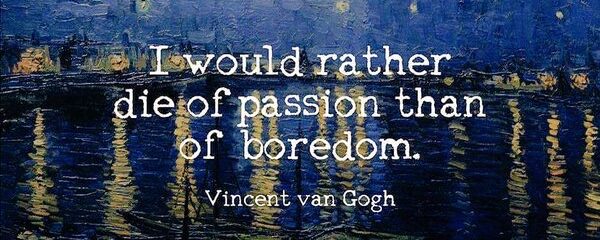
Photo by Google
Don´t worry about the world coming to an end today. It is already tomorrow in Australia. Charles M. Schulz
Love is a state that i would like to exist in continuosly. Nick Cave
Fill your life with adventures, not things. Australian proverb
We are all visitors to this time, this place. We are just passing through. Our purpose here is to observe, to learn, to grow, to love, and then we return home. Australian Aboriginal Proverb
Australia, officially the Commonwealth of Australia, is a sovereign country comprising the mainland of the Australian continent, the island of Tasmania, and numerous smaller islands. It is the largest country in Oceania and the world’s sixth-largest country by total area. The population of 26 million is highly urbanised and heavily concentrated on the eastern seaboard. Australia’s capital is Canberra, and its largest city is Sydney. Indigenous Australians inhabited the continent for about 65,000 years prior to the first arrival of Dutch explorers in the early 17th century, who named it New Holland. In 1770, Australia’s eastern half was claimed by Great Britain and initially settled through penal transportation to the colony of New South Wales from 26 January 1788, a date which became Australia’s national day. Australia is the oldest, flattest, and driest inhabited continent, with the least fertile soils. A megadiverse country, its size gives it a wide variety of landscapes, with deserts in the centre, tropical rainforests in the north-east, and mountain ranges in the south-east. Australia generates its income from various sources, including mining-related exports, telecommunications, banking, manufacturing, and international education.
Great Ocean Road
The Great Ocean Road is an Australian National Heritage listed 243-kilometer stretch of road along the south-eastern coast of Australia between the Victorian cities of Torquay and Allansford. Built by returned soldiers between 1919 and 1932 and dedicated to soldiers killed during World War I, the road is the world’s largest war memorial. Winding through varying terrain along the coast and providing access to several prominent landmarks, including the Twelve Apostles limestone stack formations.
Melbourne
Melbourne is the second-most populous city in Australia and Oceania. Its name refers to an urban agglomeration of 9,993 km2 (3,858 sq mi), comprising a metropolitan area with 31 municipalities, and is also a common name for its city centre. The city occupies much of the coastline of Port Phillip bay and spreads into the Hinterland towards the Dandenong and Macedon ranges, Mornington Peninsula and Yarra Valley. It has a population of 5 million (19% of the population of Australia), and its inhabitants are commonly referred to as “Melburnians”.
Sidney
Sydney is the most populous city in Australia and Oceania. Located on Australia’s east coast, the metropolis surrounds Port Jackson and extends about 70 km (43.5 mi) on its periphery towards the Blue Mountains to the west, Hawkesbury to the north, the Royal National Park to the south and Macarthur to the south-west. Indigenous Australians have inhabited the Sydney area for at least 30,000 years, and thousands of engravings remain throughout the region, making it one of the richest in Australia in terms of Aboriginal archaeological sites. Around 29 clan groups of the Eora Nation inhabited the region now called Sydney at the time Europeans first encountered Aboriginal peoples in the land now called Australia. Sydney notable natural features include Sydney Harbour, the Royal National Park, Royal Botanic Garden and Hyde Park, the oldest parkland in the country. Built attractions such as the Sydney Harbour Bridge and the World Heritage-listed Sydney Opera House are also well known to international visitors. The main passenger airport serving the metropolitan area is Kingsford-Smith Airport, one of the world’s oldest continually operating airports. Established in 1906, Central station, the largest and busiest railway station in the state, is the main hub of the city’s rail network.




















































































